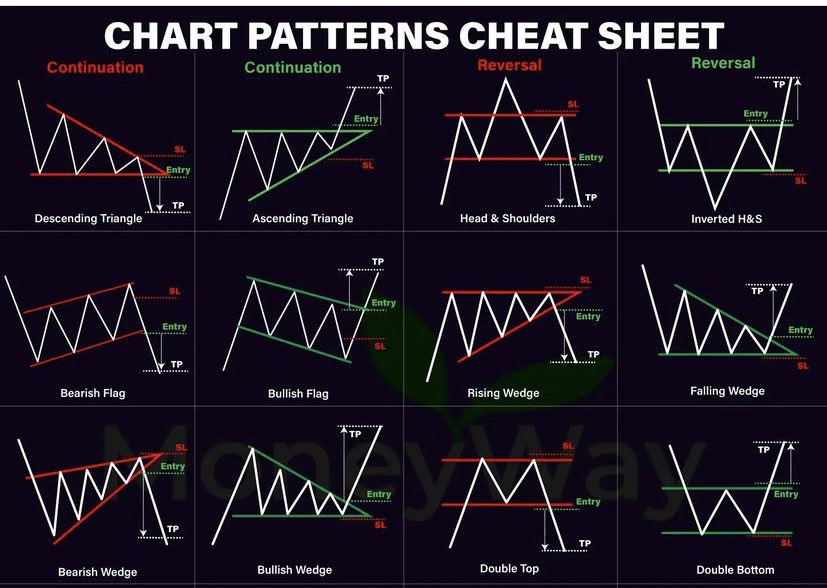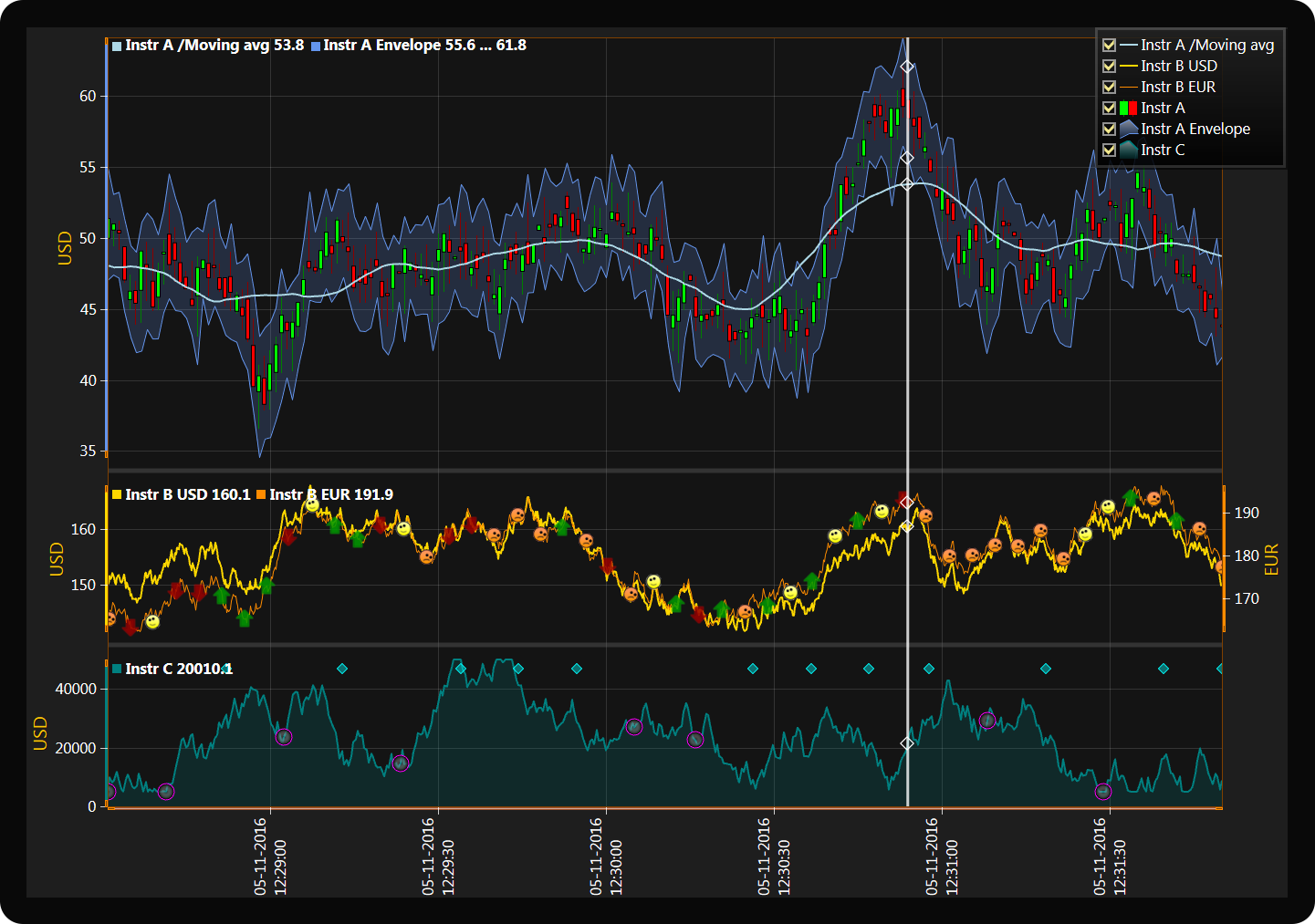Course Outline
Introduction to Open Trade Management Strategies
- Importance of open trade management
- Overview of the main components of open trade management
Stop Loss Management
- Technical stop losses: support and resistance levels, moving averages, and trendlines
- Volatility-based stop losses: Average True Range (ATR) and Bollinger Bands
- Trailing stop losses: fixed point and percentage trailing stops
- Breakeven stop loss: moving stop loss to entry point once a trade reaches a certain level of profit
Profit Taking Strategies
- Fixed profit targets: support and resistance, risk-reward ratio, Fibonacci levels, and pivot points
- Scaling out: partial profit taking and reducing position as the target approaches
- Trailing profit targets: ATR-based and moving average trailing stops
- Time-based profit taking and dynamic profit taking: using moving averages and trendline breaks
Position Sizing Adjustments
- Adding to positions: pyramiding and dollar-cost averaging
- Reducing positions: partial position closing and stop loss adjustments
- Balancing risk and reward in position sizing
Trade Monitoring
- Real-time chart analysis: technical and fundamental analysis
- Staying updated with news and events impacting the market
- Performance evaluation: tracking and analyzing your trades
- Sentiment analysis: using market sentiment indicators and news/social media analysis
Upon completing this course, participants will have a deep understanding of the various open trade management strategies and will be equipped with the tools and techniques necessary to effectively manage their open trades. This knowledge will help traders preserve their capital, maximize profits, and achieve long-term trading success.

Trade Management
The importance of open trade management cannot be overstated, as it plays a crucial role in optimizing trading performance and minimizing potential losses. By grasping the significance of managing open trades, traders can enhance their ability to make informed decisions, better control risk, and ultimately improve their overall trading success.

Stop Loss Management
Effective stop loss management is crucial for mitigating risk and protecting trading capital. By better understanding the various stop loss techniques, we hope to provide traders with a comprehensive overview of stop loss management techniques to protect their capital and build long term trading success.

Profit Taking Strategies
Mastering profit-taking strategies is essential for maximizing returns and managing risk in trading. e will explore a wide range of approaches for profit taking, which is crucial for maximizing returns and managing risk in trading. By understanding and implementing these diverse profit-taking strategies, traders can optimize their trade outcomes and achieve consistent results.
Curriculum
Position Sizing Adjustments
Position sizing and how they are adjusted over the life of a trade is a critical aspect of managing open trades and controlling risk.
We will examine strategies for adding to positions, such as pyramiding and dollar-cost averaging, which can help traders capitalize on profitable trades.
Additionally, we explores techniques for reducing positions, including partial position closing and stop loss adjustments, which are crucial for managing losses and protecting trading capital.
The importance of balancing risk and reward in position sizing will also be emphasized, ensuring traders maintain a healthy risk profile while pursuing their trading objectives.
By mastering position sizing adjustments, traders can optimize their trade management and achieve more consistent results.

Featured Products
Unleash your trading potential with our array of trading education courses, crafted to empower traders of all backgrounds and expertise. Dive into a wealth of knowledge, from foundational concepts for beginners to advanced techniques for seasoned professionals.
Our comprehensive suite of courses is designed to fuel your passion for trading, ignite your curiosity, and propel you towards financial success. Continue your trading education adventure with us and unlock the secrets of thriving in the markets!


